Manual lymphatic drainage is experiencing unprecedented popularity in Swiss beauty salons, and for good reason: this gentle technique combines aesthetic effectiveness with therapeutic well-being. A true radiance booster for the face and a natural solution for water retention, this specialized massage is attracting an ever-growing clientele, from new mothers to elite athletes, and including those suffering from heavy legs. But what makes facial and body lymphatic drainage so special? Let's delve into the fascinating world of this method that is revolutionizing our approach to skincare and well-being.
What is manual lymphatic drainage?
Definition and origins of the method
Manual lymphatic massage is a therapeutic technique developed in the 1930s by Dr. Emil Vodder, a Danish physiotherapist. This revolutionary method consists of rhythmic, gentle, and precise movements applied to the skin to stimulate lymphatic circulation and promote the natural elimination of toxins and excess fluid from the tissues.
Unlike traditional massages that target the muscles, lymphatic drainage acts specifically on the superficial lymphatic system, located just beneath the skin. Light, repeated pressures, never exceeding 40 mmHg, follow the anatomical path of the lymphatic vessels towards the lymph nodes, the body's natural purification stations.
The main schools and methods
Today, several approaches coexist in the world of Swiss lymphatic drainage :
The Vodder method remains the absolute reference, with its circular spiral movements and characteristic pumping motions. It favors a slow and meditative rhythm, creating a state of deep relaxation.
The Leduc method , developed by Albert Leduc, combines manual lymphatic drainage with pressotherapy for a synergistic effect. It uses more directional movements to stimulate and release fluids.
The Földi method integrates drainage into a comprehensive approach to decongestive physiotherapy, which is particularly effective for pathological edema.
The lymphatic system: this little-known but essential network
Anatomy and functions of the lymphatic system
Our lymphatic system, a veritable "second circulation" parallel to the circulatory system, comprises a complex network of vessels, lymph nodes, and lymphoid organs (spleen, thymus, tonsils). This system transports 2 to 4 liters of lymph daily, a clear fluid rich in proteins, white blood cells, and cellular debris.
The lymph nodes, of which there are 600 to 700 in our body, act as biological filters. They neutralize pathogens, recycle proteins, and actively participate in our immunity. The main lymph node areas are located in the neck, armpits, groin, and abdomen.
The crucial role of manual drainage
Unlike the circulatory system, the lymphatic system does not have a central pump. Its circulation depends on muscle contractions, respiration, and arterial pulsations. Manual lymphatic drainage compensates for this lack by creating an external pump that:
- Accelerates normal lymphatic flow up to 10 times
- Opens the initial lymphatic capillaries
- Directs the lymph towards the main collectors
- Stimulates the contraction of lymphangions (contractile segments of blood vessels)
The multiple benefits of lymphatic drainage

Aesthetic benefits for the face
Facial lymphatic drainage offers spectacular results, often visible from the first session. The aesthetic benefits of lymphatic drainage include:
Immediate reduction of swelling : Under-eye bags and puffy eyelids are significantly reduced. The double chin caused by water retention is diminished, revealing the natural oval of the face.
Improved complexion and radiance : By promoting cellular oxygenation and toxin elimination, facial drainage instantly revives the complexion. The skin regains its natural radiance, and features appear rested and relaxed.
Reduction of dark circles and fine lines : Decongesting the periocular area visibly diminishes dark circles. Dehydration lines are reduced thanks to improved tissue hydration.
Skin firming : Lymphatic stimulation activates the production of collagen and elastin, gradually improving skin firmness and elasticity.
Therapeutic benefits for the body
Beyond the aesthetic aspect, lymphatic drainage of the body provides therapeutic benefits recognized by the Swiss medical community, as confirmed by Helsana in its health recommendations :
Reduction of water retention : Eliminating excess interstitial fluid can lead to a loss of up to 2 kg of water in just a few sessions, visibly slimming the silhouette.
Relief from heavy legs : Reducing edema in the lower limbs provides immediate relief, particularly appreciated in summer or during pregnancy.
Accelerated post-operative recovery : After liposuction, cosmetic or orthopedic surgery, manual drainage significantly reduces bruising and accelerates healing.
Immune system boost : By optimizing the function of the lymph nodes, drainage stimulates our natural defenses against infections.
Improved intestinal transit : Deep abdominal drainage stimulates intestinal peristalsis, relieving constipation and bloating.
Procedure for a typical lymphatic drainage session

Consultation and preparation
A lymphatic drainage session at a spa always begins with a thorough health questionnaire. The practitioner assesses your medical history, identifies any potential contraindications, and defines your goals. This crucial phase allows the protocol to be personalized to your specific needs.
The treatment is performed while lying down, in a soothing atmosphere with soft music and dimmed lighting. No oil is used for facial lymphatic drainage, allowing for optimal adhesion during the specific movements. For the body, a light oil can facilitate gliding over larger areas.
The detailed facial drainage protocol
Facial lymphatic drainage follows a precise sequence lasting 30 to 45 minutes:
- Lymph node opening : The practitioner begins by stimulating the lymph nodes in the neck (terminus) where facial lymph empties.
- Forehead drainage : Fan-shaped movements from the center towards the temples
- Eye contour : Gentle pumping pressure on the eyelids and under the eye
- Cheeks and jaws : Descending circular movements towards the submandibular lymph nodes
- Chin and jawline : Smoothing and pumping techniques to redefine the contours
- Final step at the neck : Drainage downwards towards the clavicles
Body drainage: areas and techniques
For the body, a complete session lasts 60 to 90 minutes and covers:
Lower limbs : From the foot towards the groin, with particular attention to the ankles and knees, which are often swollen. The movements alternate between pumping, circles, and deep gliding.
Abdomen : Circular movements in a clockwise direction, stimulating both drainage and intestinal transit.
Upper limbs : From the hands to the armpits, particularly important after a mastectomy or in cases of lymphedema.
Back and neck : Drainage towards the axillary and inguinal lymph nodes, relieving tension and contractures.
For whom is lymphatic drainage recommended?
The profiles that benefit most from drainage
Lymphatic drainage is particularly suitable for people suffering from:
- Heavy legs and swollen ankles
- Aqueous cellulite and generalized water retention
- Chronic stress and sleep disorders
- Acne and congested skin
- Dark circles and a dull complexion
- Chronic migraines and sinusitis
Athletes appreciate lymphatic drainage for accelerating muscle recovery and eliminating lactic acid. Pregnant women (after the third month) find it a valuable source of relief from pregnancy-related edema.
Contraindications and precautions
According to the recommendations of the Swiss Medical Association (FMH ), lymphatic drainage is contraindicated in the following cases:
- Acute infections and fever
- Recent deep vein thrombosis
- Decompensated heart failure
- Active cancer (unless otherwise advised by a doctor)
- Untreated hyperthyroidism
- Active Tuberculosis
Particular caution is required for people taking anticoagulants or suffering from severe hypotension.
Manual drainage vs other methods: what's the difference?
Comparison with pressotherapy
Pressotherapy uses pneumatic boots that apply sequential compression to the limbs. While effective for leg drainage, it cannot replace the finesse and precision of manual massage, especially for the face and delicate areas.
Differences with classic massage
Traditional massage targets the muscles with strong pressure (up to 200 mmHg), while lymphatic drainage remains superficial with light pressure. Massage can sometimes worsen edema by increasing blood flow, whereas drainage specifically reduces it.
Complementarity with aesthetic treatments
Lymphatic drainage enhances the effectiveness of other treatments. At SSSKIN , we often incorporate it before a peel or hydrating treatment to optimize the penetration of active ingredients. This synergy dramatically increases the visible results on skin quality.
SSSKIN's expertise in lymphatic drainage
Training and certification of our practitioners
Our team undergoes ongoing training in lymphatic drainage using the Vodder and Leduc methods. This dual certification guarantees perfect mastery of the techniques and a personalized approach tailored to each individual's body type and specific needs.
Exclusive protocols and complementary technologies
We have developed unique protocols combining manual lymphatic drainage and cutting-edge technologies: radiofrequency for firming, LED therapy for cell regeneration, and ultrasound for lipolysis. Discover our current offers including these combined treatments at preferential rates.
FAQ: Your questions about lymphatic drainage
What is the recommended frequency for lymphatic drainage?
For optimal results, we recommend one session per week for four weeks, followed by monthly maintenance. In cases of significant water retention or post-surgery, two sessions per week may be necessary initially. Facial drainage can be performed every two weeks to maintain radiance and prevent swelling.
Is it painful or irritating to the skin?
Lymphatic drainage is completely painless and even very pleasant. The gentle pressure provides an immediate feeling of lightness. Unlike deep tissue massage, there is no risk of bruising or irritation, even on the most sensitive or reactive skin.
Who can benefit from lymphatic drainage? Are there any contraindications?
Lymphatic drainage can benefit virtually everyone, from teenagers to seniors. The main contraindications include acute conditions (infections, thrombosis) and certain unstable chronic illnesses. Medical advice is recommended if you have any doubts.
How long does it take to see visible results?
Immediate results include a feeling of lightness and a visibly reduced facial puffiness after just one session. For lasting improvement in cellulite or heavy legs, 4 to 6 sessions are recommended. The cumulative effect gradually develops, resulting in a slimmer silhouette and firmer skin.
Does lymphatic drainage replace a classic massage or a cosmetic treatment?
Lymphatic drainage doesn't replace other treatments but ideally complements them. Its specific action on lymphatic circulation makes it a perfect prerequisite before any aesthetic procedure. It can be integrated into a comprehensive beauty routine, alternating with relaxing massages and targeted facials.
Conclusion: Treat yourself to the best in lymphatic drainage
Manual lymphatic drainage is much more than a simple cosmetic treatment: it's a holistic approach that reconciles beauty and health. Its multiple benefits—from a defined face to lighter legs, from strengthened immunity to overall well-being—make it a must-have in modern spas and salons. The technical expertise required and the importance of a personalized diagnosis fully justify the use of qualified professionals.
Don't let fatigue and swelling diminish your natural beauty any longer. Book your lymphatic drainage session at SSSKIN now and take advantage of our exceptional current offers.
Our certified experts await you for a unique experience combining deep detoxification and absolute relaxation. Your body deserves the very best: treat it to the exceptional lymphatic drainage treatment by SSSKIN!

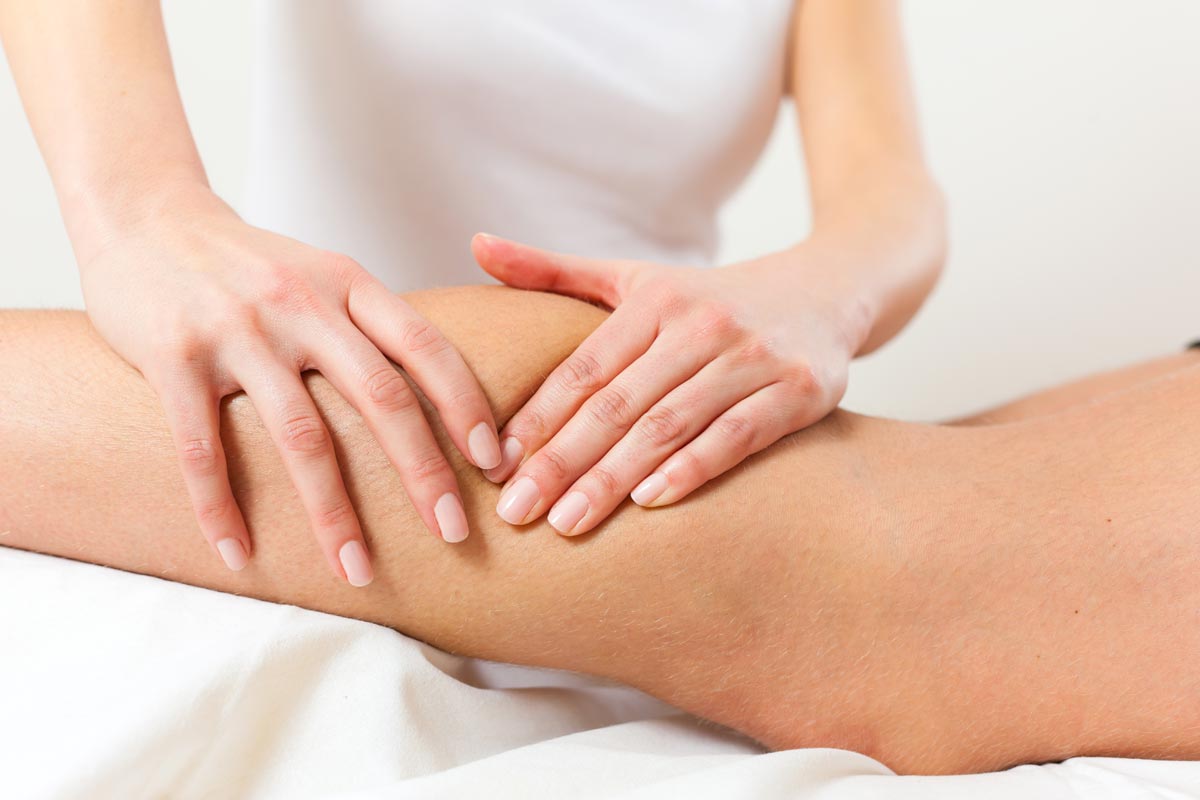

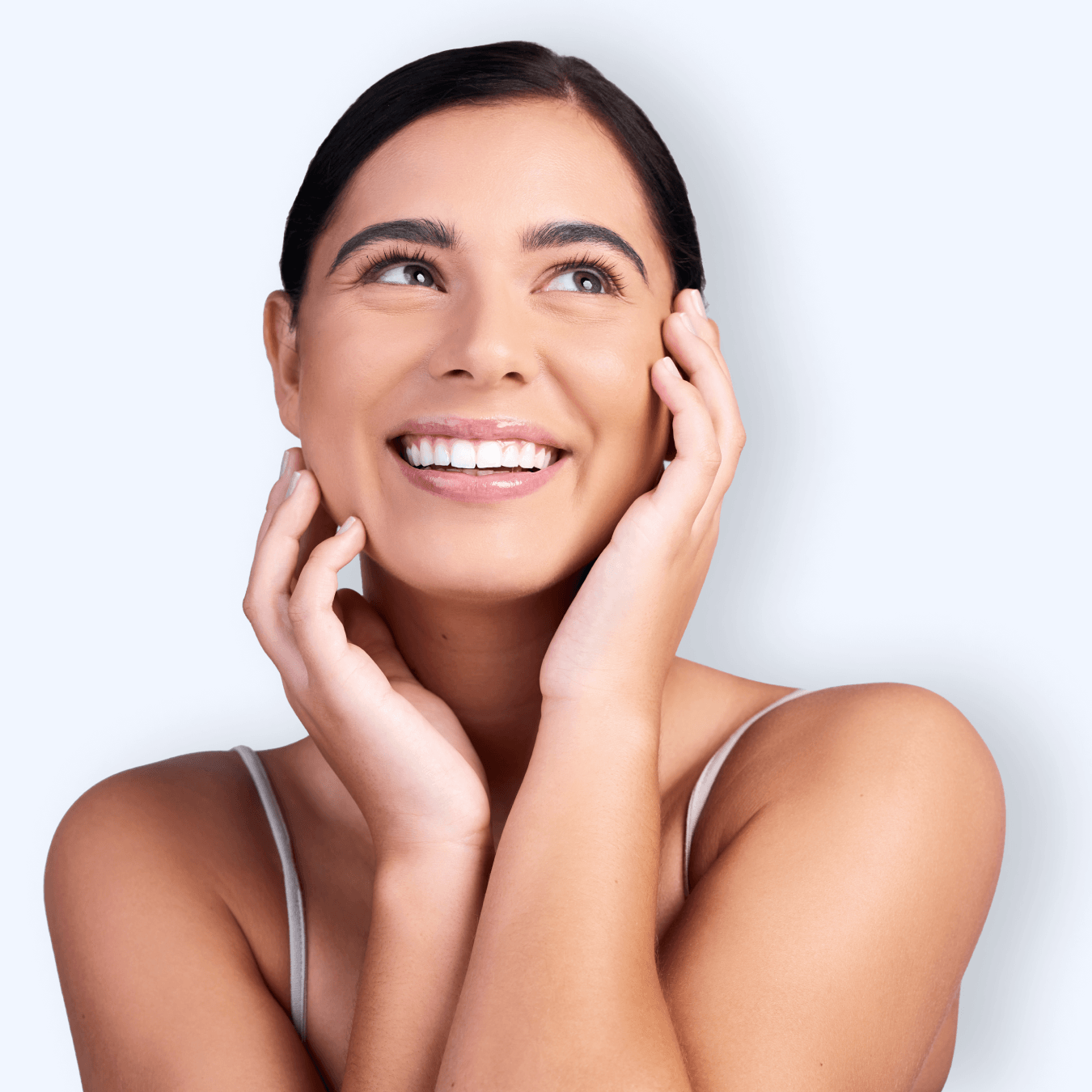
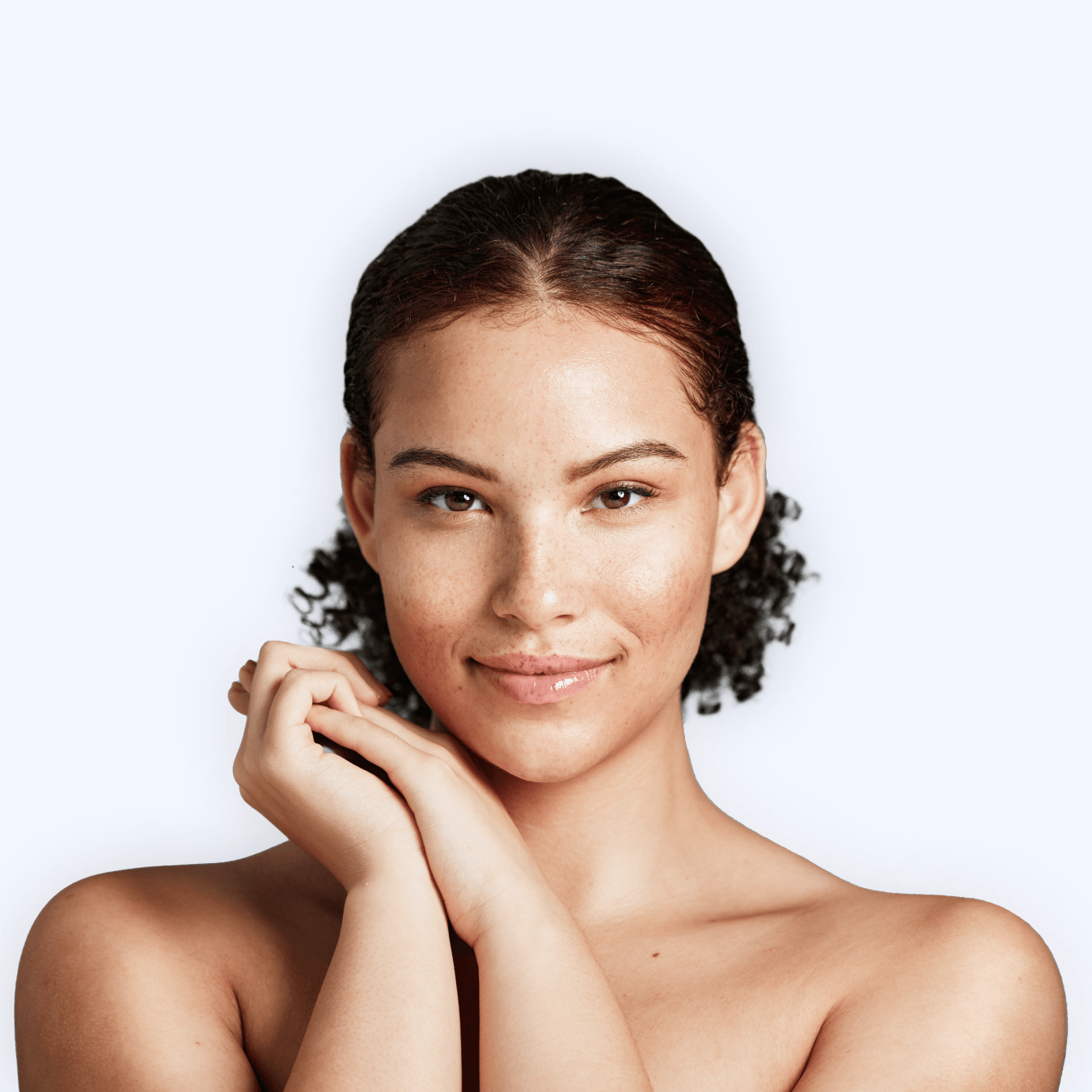
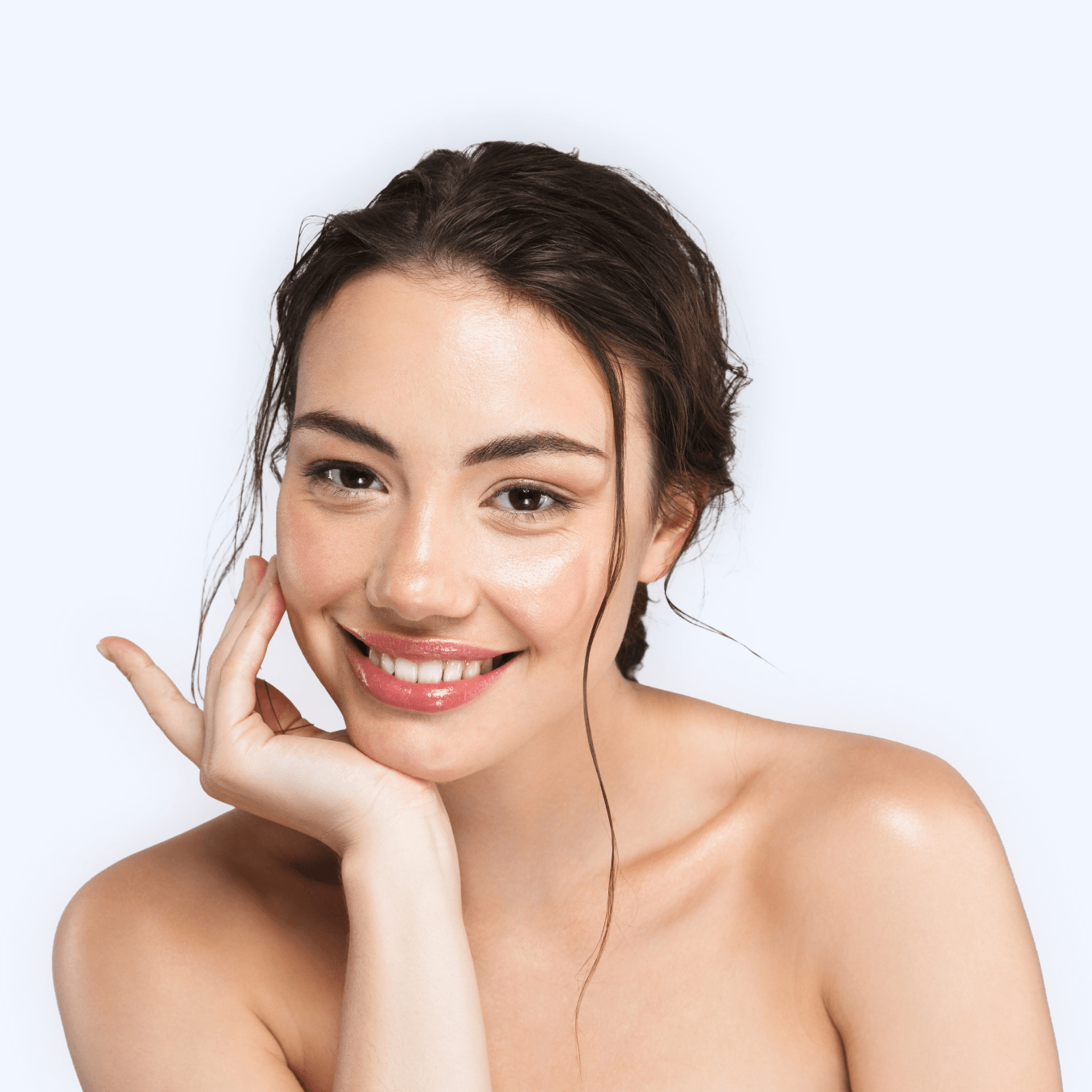
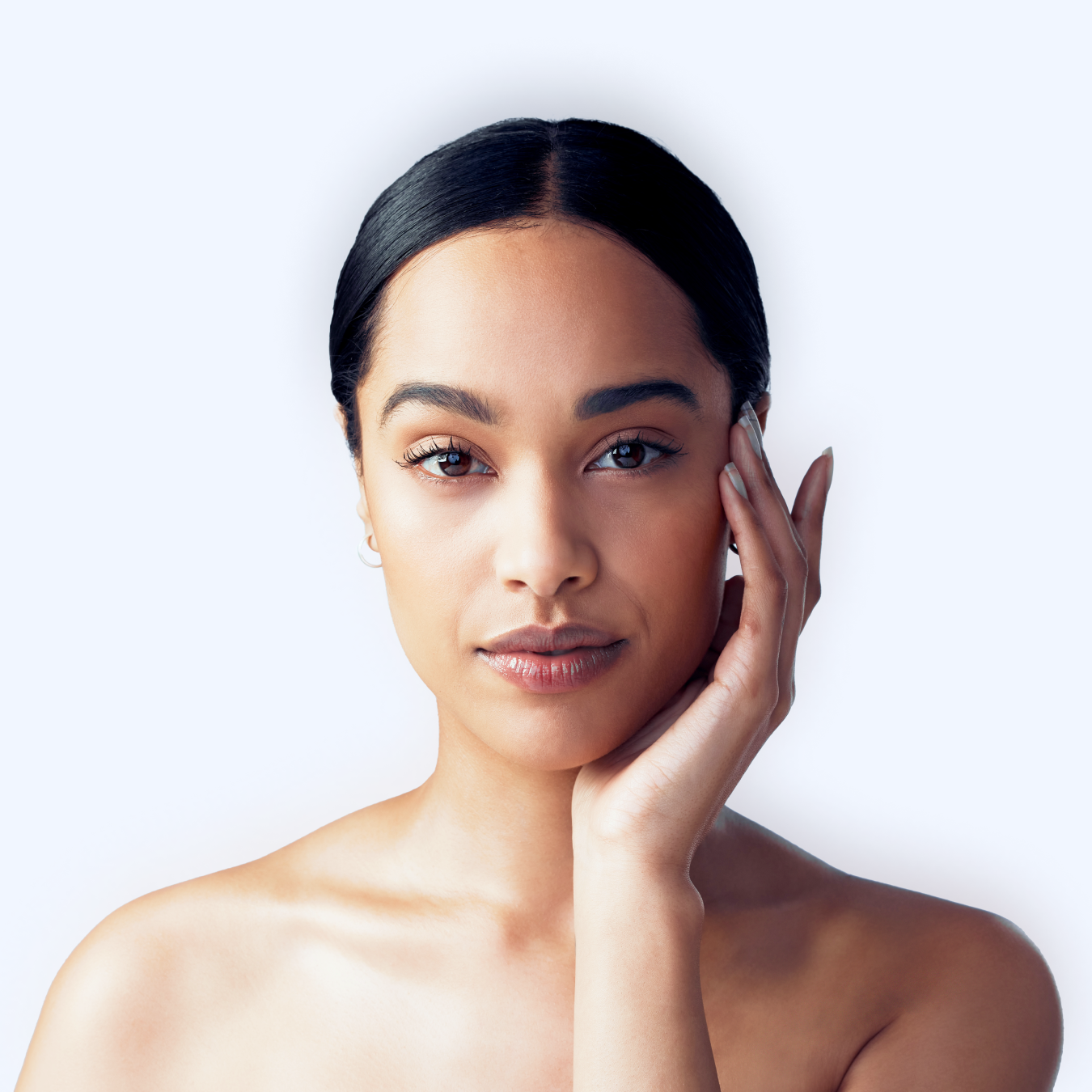


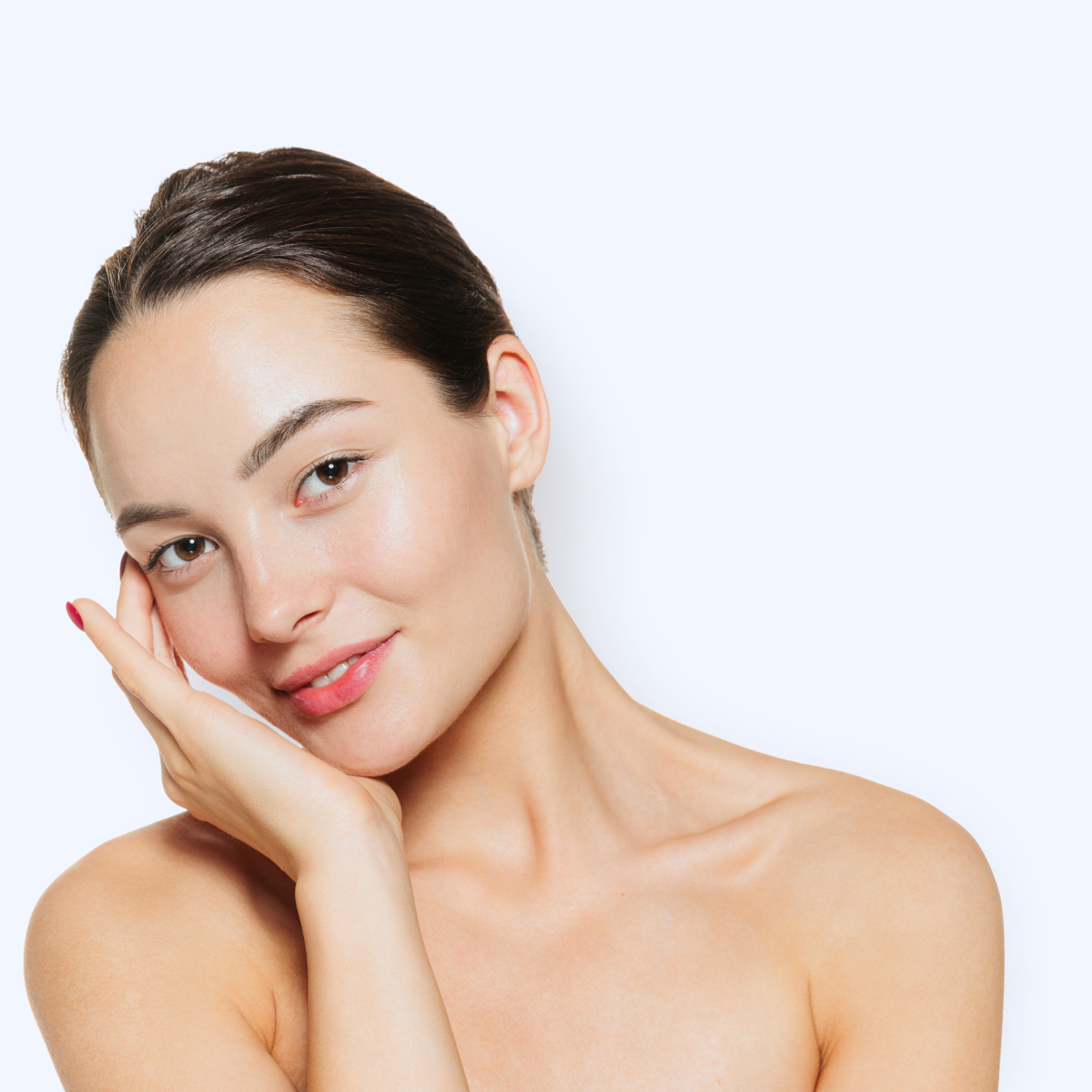
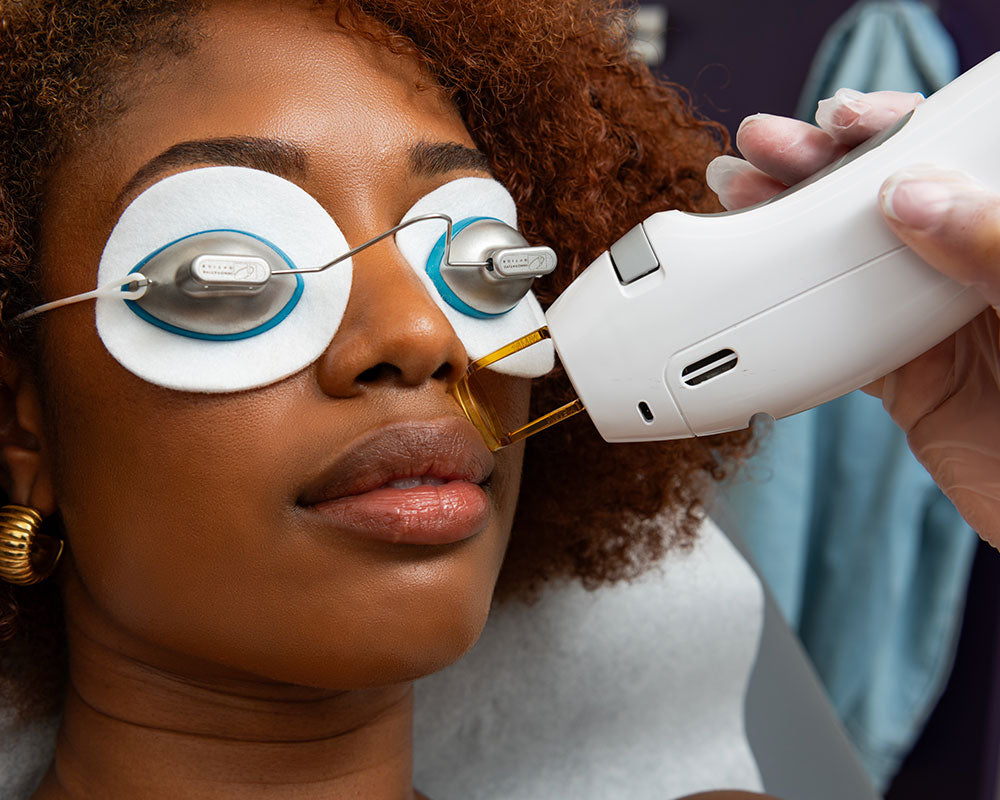
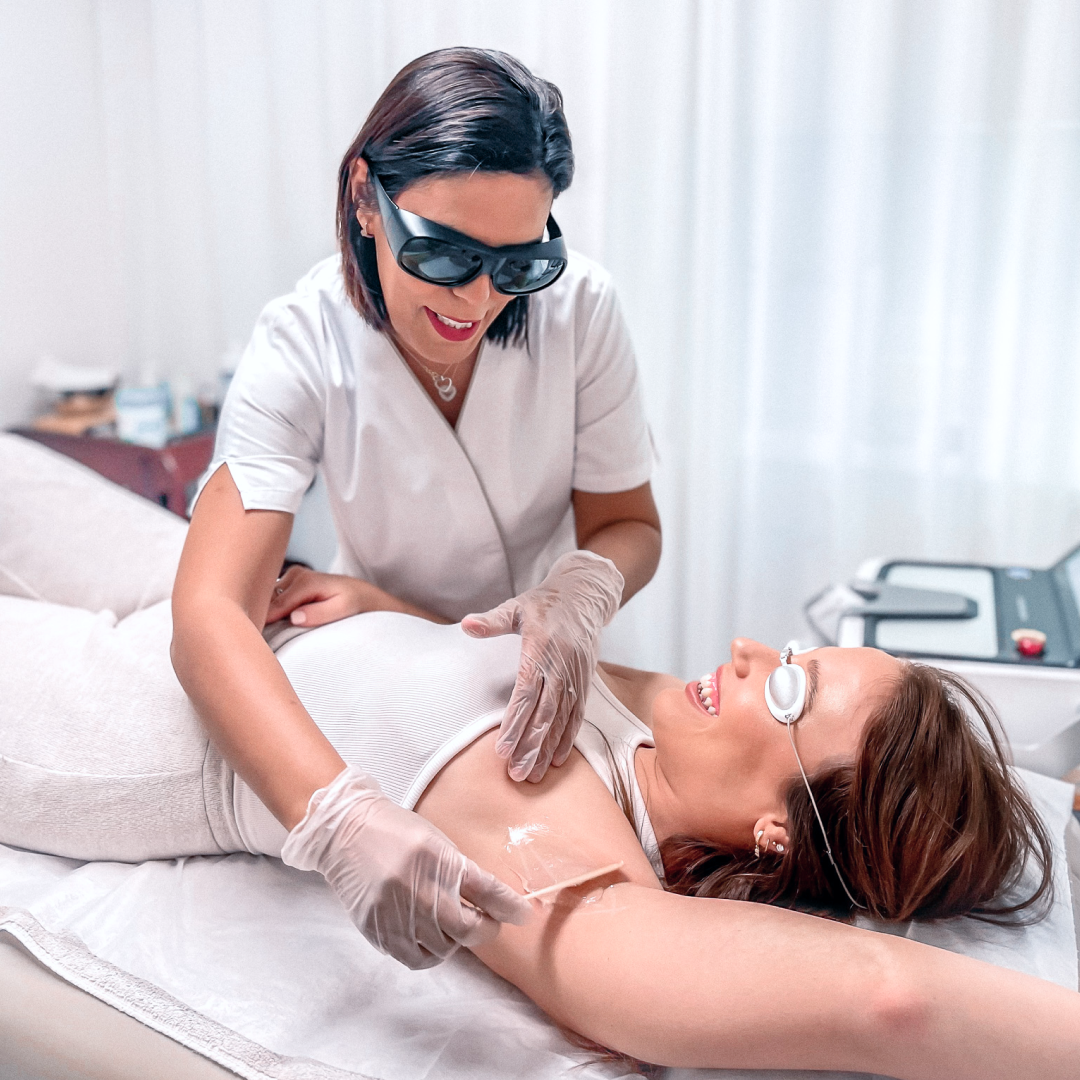
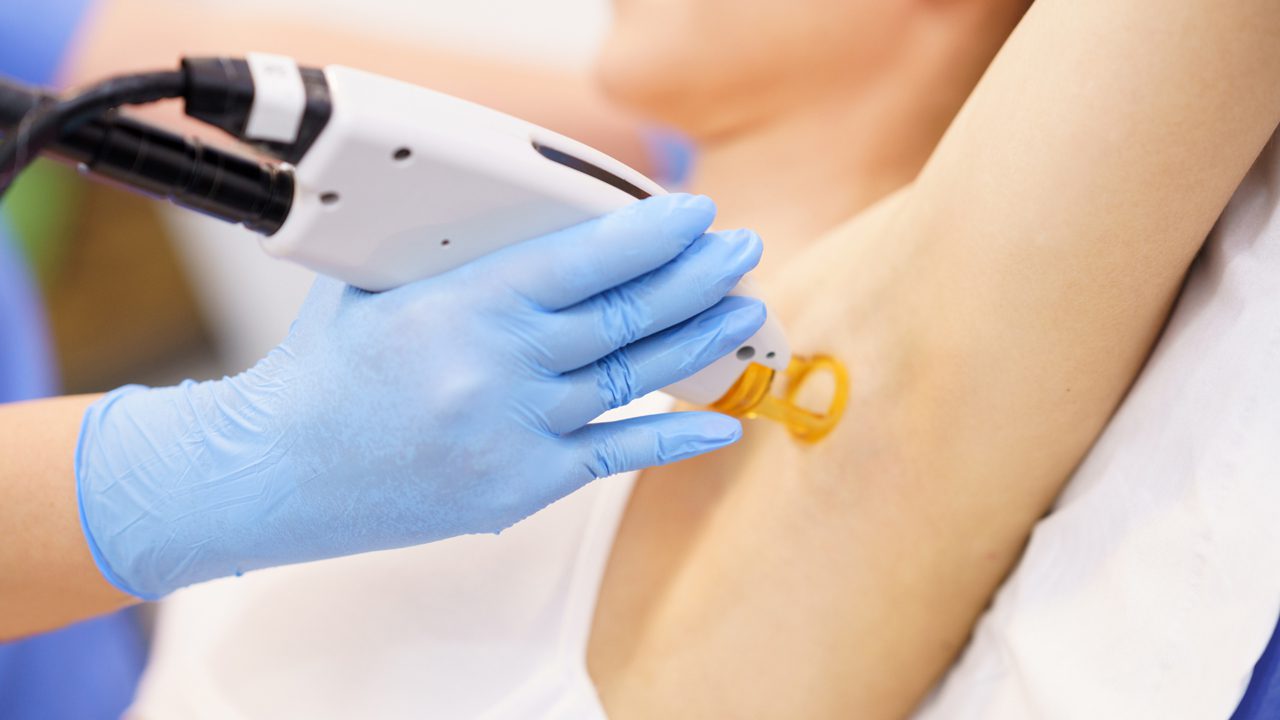
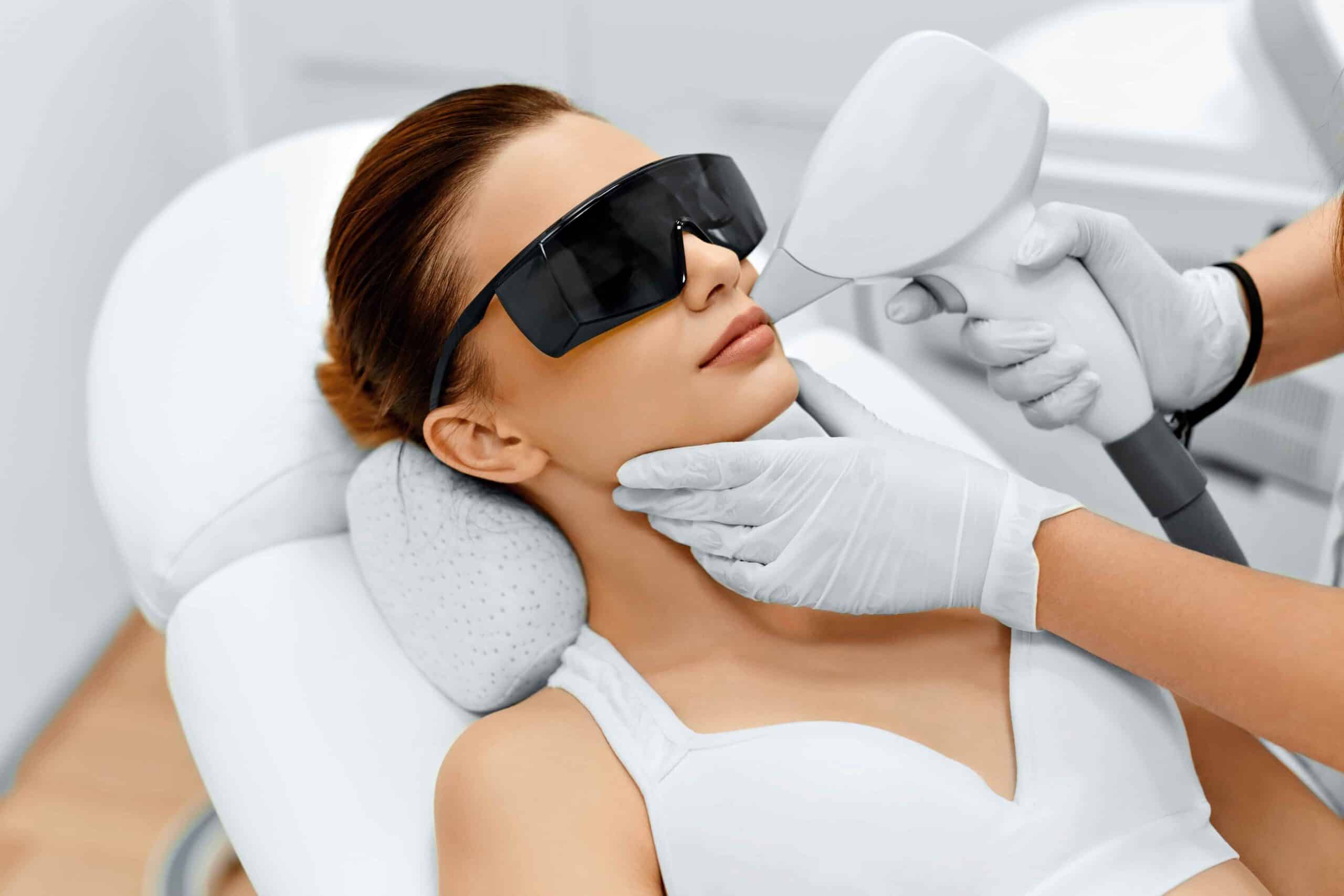
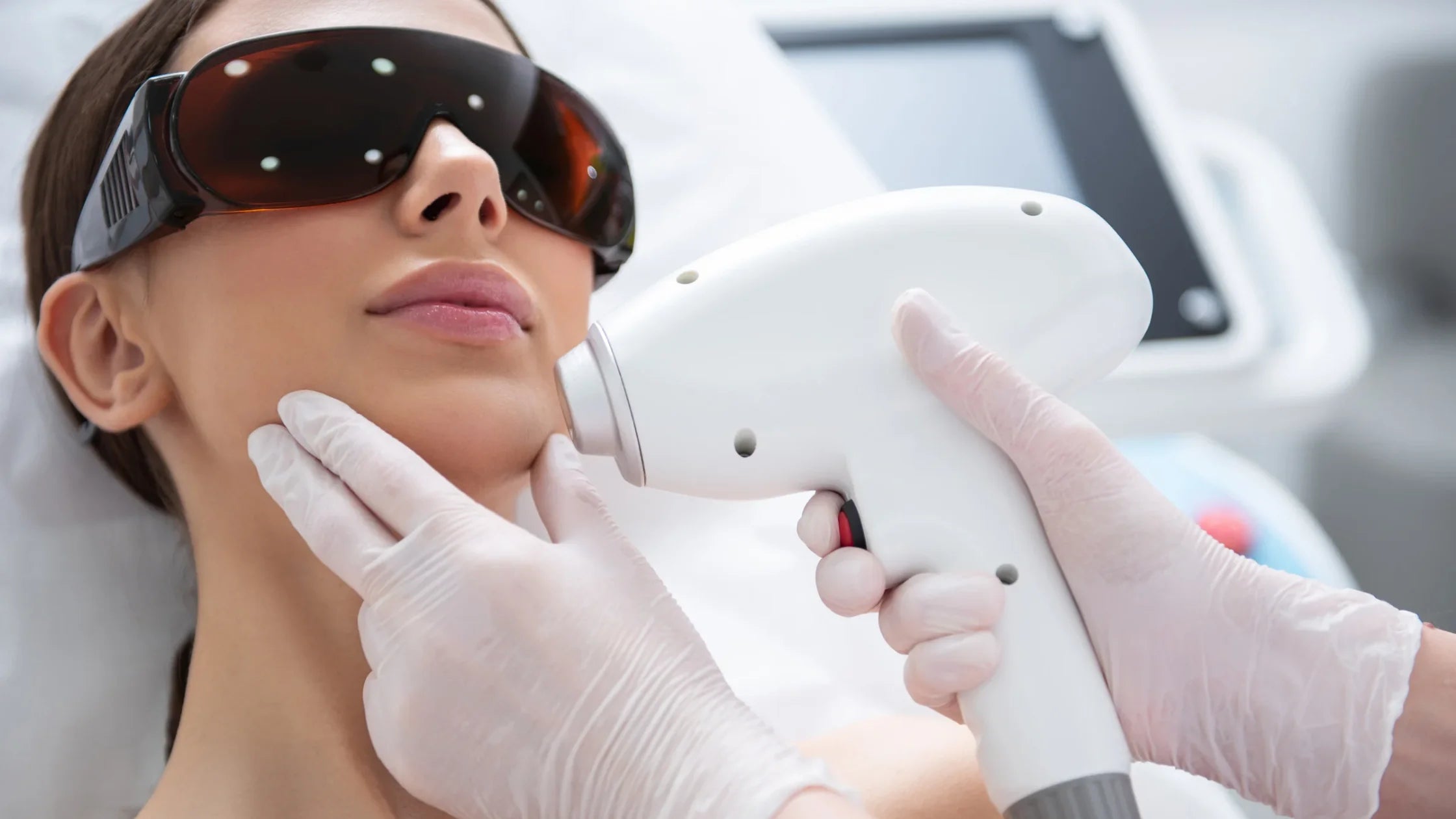

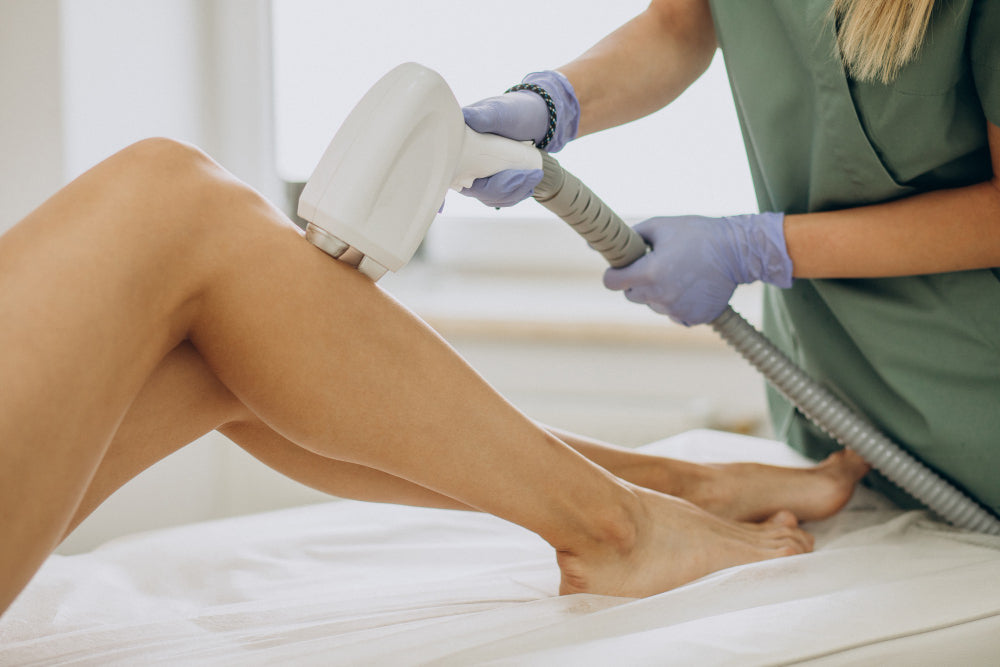

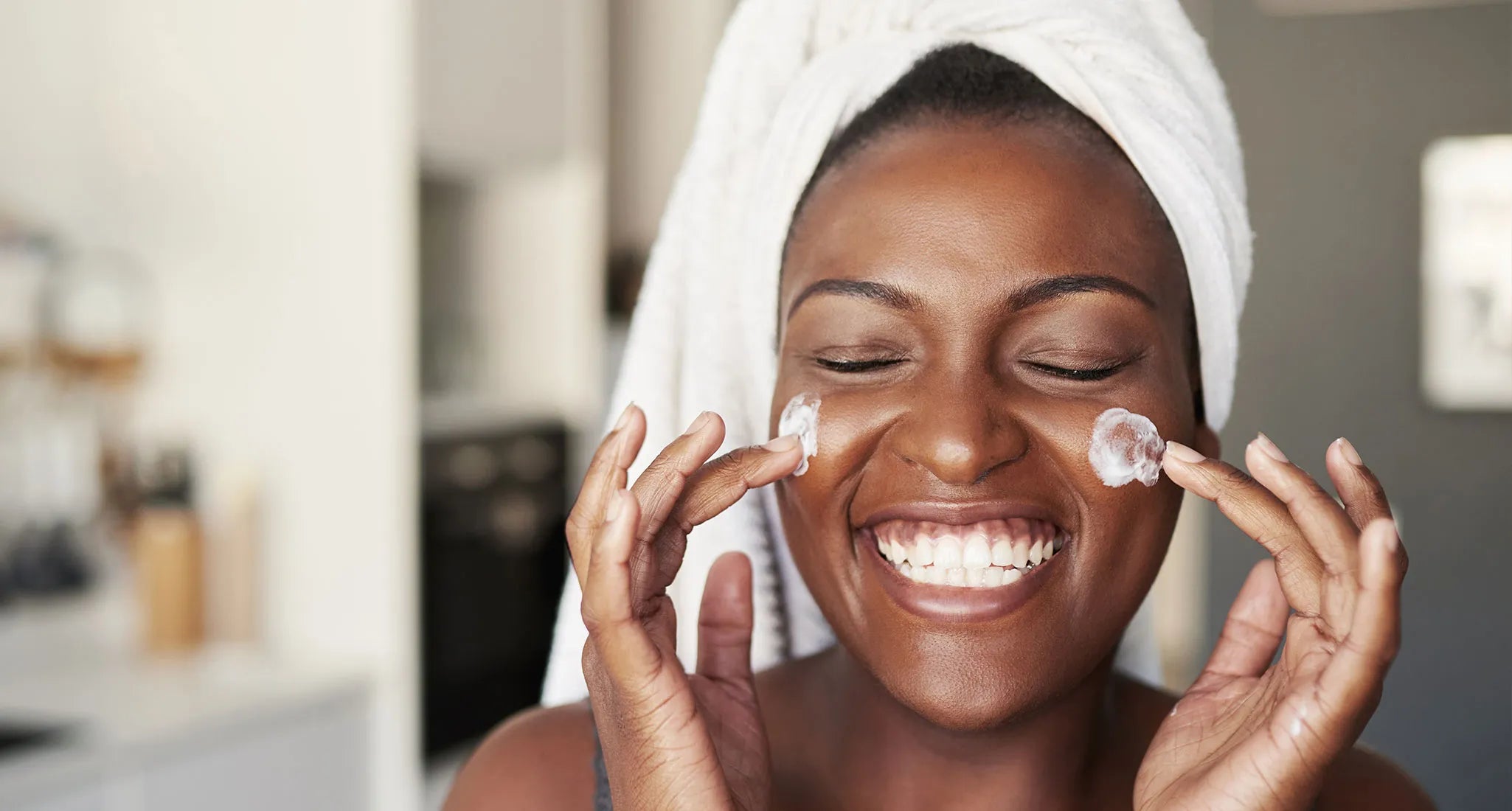
Share: